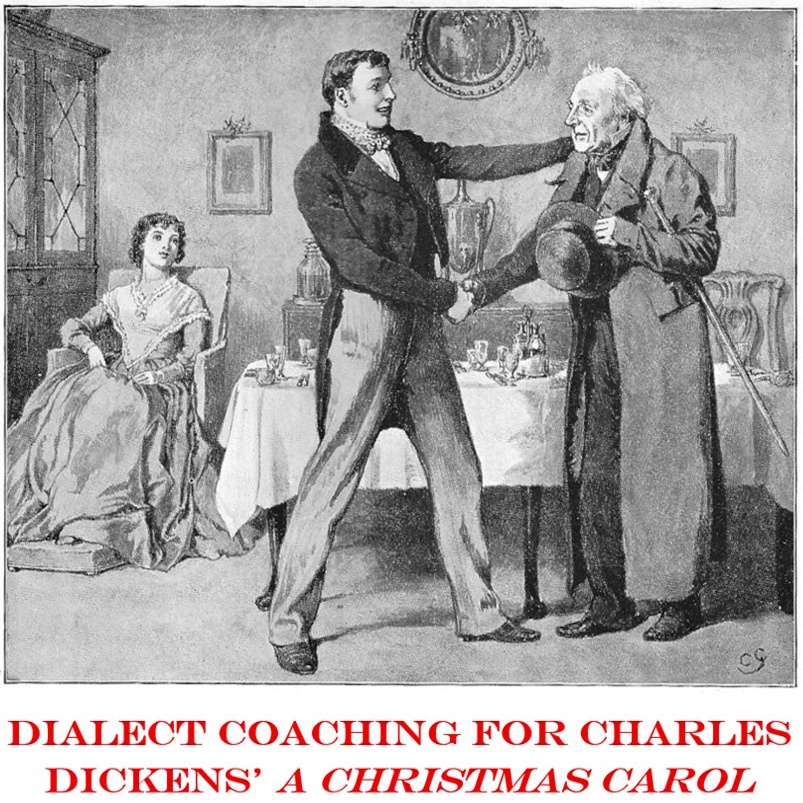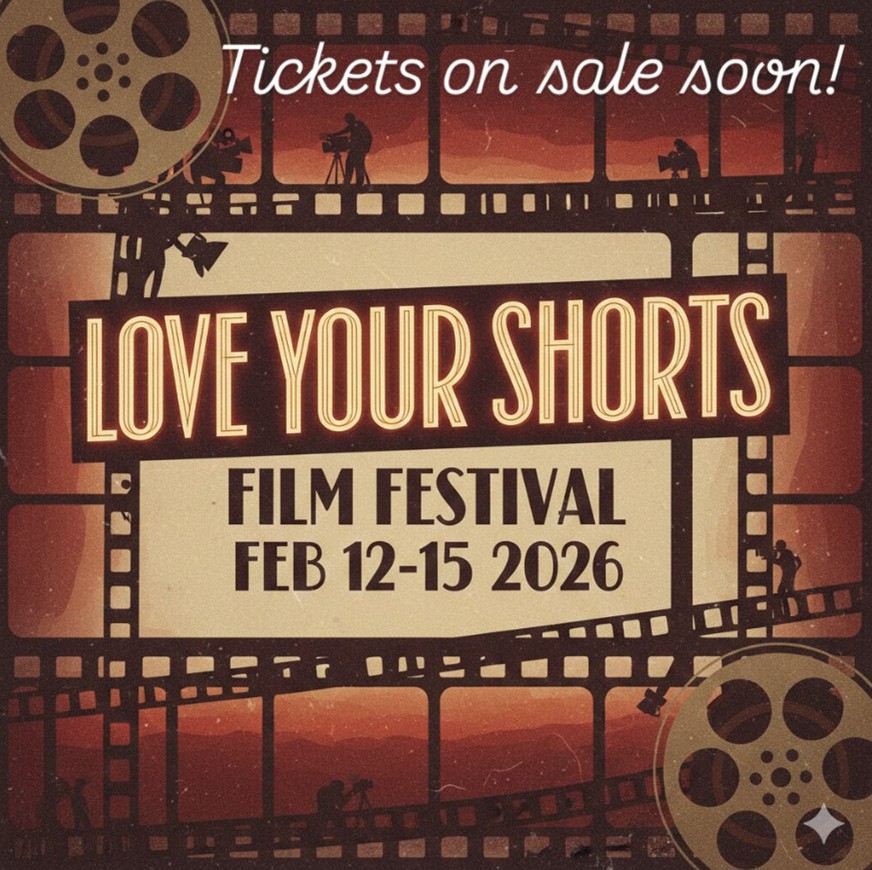New Zealand 1
Listen to New Zealand 1, a man in his 20s from an unspecified location on the South Island of New Zealand. Click or tap the triangle-shaped play button to hear the subject.
Both as a courtesy and to comply with copyright law, please remember to credit IDEA for direct or indirect use of samples. IDEA is a free resource; please consider supporting us.
BIOGRAPHICAL INFORMATION
AGE: 20s
DATE OF BIRTH (DD/MM/YYYY): N/A
PLACE OF BIRTH: New Zealand’s South Island
GENDER: male
ETHNICITY: Caucasian
OCCUPATION: choral director
EDUCATION: N/A
AREA(S) OF RESIDENCE OUTSIDE REPRESENTATIVE REGION FOR LONGER THAN SIX MONTHS:
The subject has traveled extensively and has lived in Britain and the United States.
OTHER INFLUENCES ON SPEECH:
The subject’s father is Welsh. Also, the subject worked to moderate his own dialect.
The text used in our recordings of scripted speech can be found by clicking here.
RECORDED BY: N/A
DATE OF RECORDING (DD/MM/YYYY): N/A
PHONETIC TRANSCRIPTION OF SCRIPTED SPEECH: N/A
TRANSCRIBED BY: N/A
DATE OF TRANSCRIPTION (DD/MM/YYYY): N/A
ORTHOGRAPHIC TRANSCRIPTION OF UNSCRIPTED SPEECH:
[New] Zealanders can sound really, sort of, quite twangy. A little bit s… a little bit like Australians except, ah, Australians have that little bit more zing. Where … we speak a little bit lower and say “fish and chups” rather than “fish and cheeps,” ah, which is how you can always tell an Australian from a New Zealander, or say “six,” ‘cause we say “secks” as in the number six and they say “seex.” I think I’ve probabl y… some of my New Zealand accent has been smoothed over by being here and then also being in Britain. Ah, I can even hear myself now being a little bit American in some ways, which may be because I’ve been here a couple of weeks. Um, but I would, I would now say “thirdy” rather than “thirty,” which is how I’d … “thirty” it what I’d say in New Zealand, but here I say “thur”… “thirdy” and I seem to be doing that more and more now. And I think my … people have said coming back here to visit them, my accent this time is not as strong as it was when I first arrived. Well the, Maori people … they … majority of them live North Island, um, and I’ve grown up most, mainly in the South Island where there are more Polynesians. But the Maori people have wonderful warm round vowels. And I mean we say “Mowree,” whereas you should say, you should say “Mouri,” “Mouri”…yeah … and very, ah, I mean it’s just like Italian vowels really; just like you were going to sing. And so they, and the Polynesians as well, their whole language is very pure sounds, ah, and so it’s wonderful to sing in Maori and Samoan, except the Samoans have got the glottal stops on words. There’s a song that we used to sing, um, called Minoi, Minoi: Minoi pei o se loi. Ololo [sic] fa’ape’epe’e ua loiloi. So they have that but the Maori language doesn’t have that. But it’s just lots of connections of vowels,… there’s … a Maori word never ends in a consonant. All sorts of interesting things, and um, wonderful words like “whakapapa.” Family in Maori is called “whanau” and, ah, so I haven’t had a lot of interaction with Maori people apart from having sung with music and obviously been on their “Marae,” which is where they all meet. They’re a race much like, I guess, the native American Indians that are very closely connected to the land and they have all sorts of myths about how New Zealand was, was … came about … and, um, at… Maui, it was an old Maori legend and the South Island is apparently his boat. And he was fishing one day and pulled up the North Island, which was a fish. And then he chopped the fish up and that’s how the mountains came out.TRANSCRIBED BY: Jon Hunter
DATE OF TRANSCRIPTION (DD/MM/YYYY): 21/03/2008
PHONETIC TRANSCRIPTION OF UNSCRIPTED SPEECH: N/A
TRANSCRIBED BY: N/A
DATE OF TRANSCRIPTION (DD/MM/YYYY): N/A
SCHOLARLY COMMENTARY:
He confesses to having moderated his New Zealand dialect in favor of British and American sounds. Indeed, his dialect, while recognizably New Zealand, is mild. Topics discussed included the dialects found in his home country, the Maori and Samoan languages (demonstrates a Samoan song lyric complete with glottal stops), and the Maori creation myth. He demonstrates correct pronunciation of “Maori” at 2:57 seconds into the recording. Further information: 1) “Whakapapa” is Maori for genealogy; 2) “Minoi, Minoi” is a Samoan folk song that you can listen to here: http://www.vaiaata.com/soundfiles/sf_minoi.html (translation: “Minoi, minoi, minoi pei o se loi” or “Move, move, move like an ant,” and “Lololo fa’ape’epe’e ua loiloi” or “Dipping into rich coconut cream”; and 3) Maui is a demi-god in Maori mythology.
COMMENTARY BY: N/A
DATE OF COMMENTARY (DD/MM/YYYY): N/A
The archive provides:
- Recordings of accent/dialect speakers from the region you select.
- Text of the speakers’ biographical details.
- Scholarly commentary and analysis in some cases.
- In most cases, an orthographic transcription of the speakers’ unscripted speech. In a small number of cases, you will also find a narrow phonetic transcription of the sample (see Phonetic Transcriptions for a complete list). The recordings average four minutes in length and feature both the reading of one of two standard passages, and some unscripted speech. The two passages are Comma Gets a Cure (currently our standard passage) and The Rainbow Passage (used in our earliest recordings).
For instructional materials or coaching in the accents and dialects represented here, please go to Other Dialect Services.
 IDEA: International Dialects of English Archive
IDEA: International Dialects of English Archive



